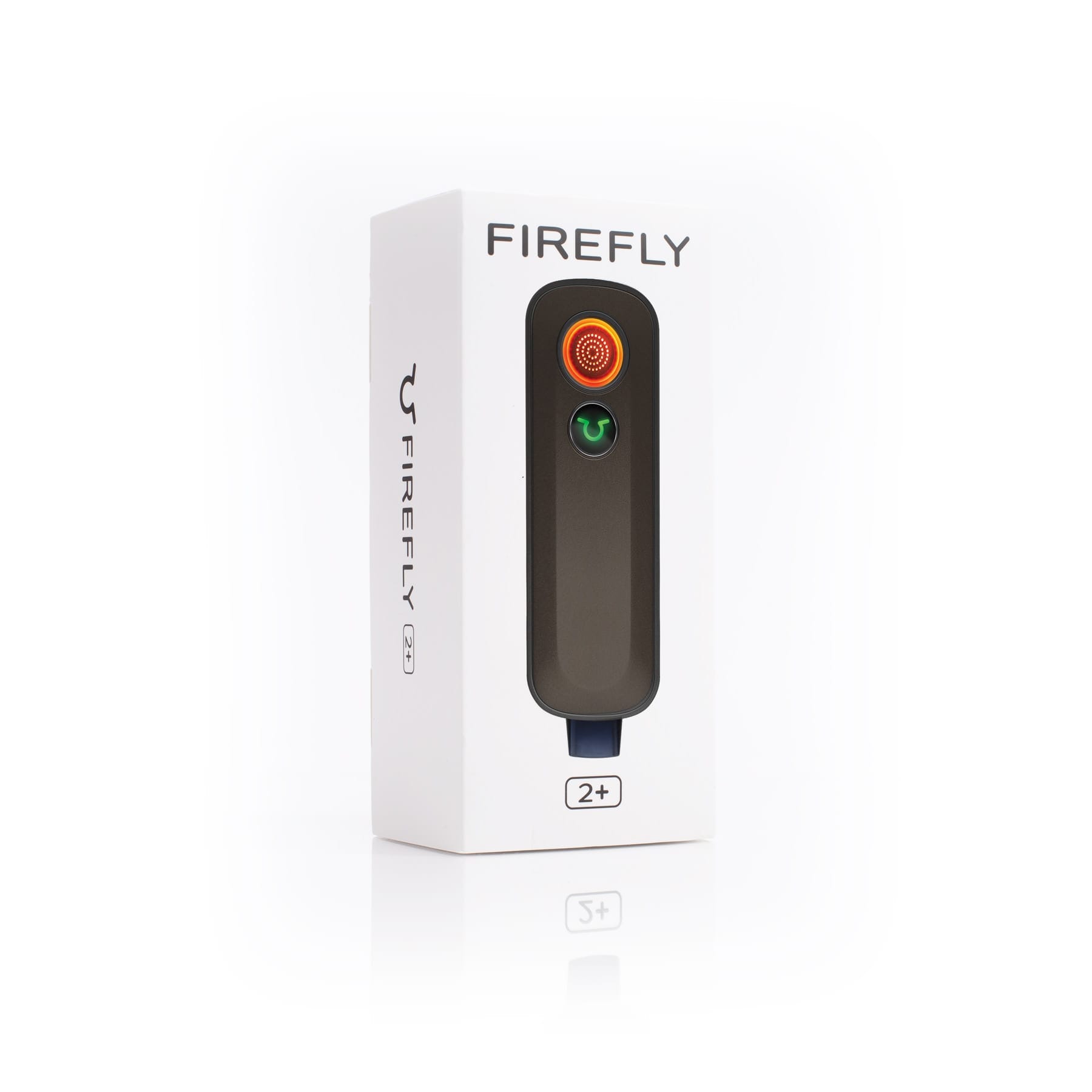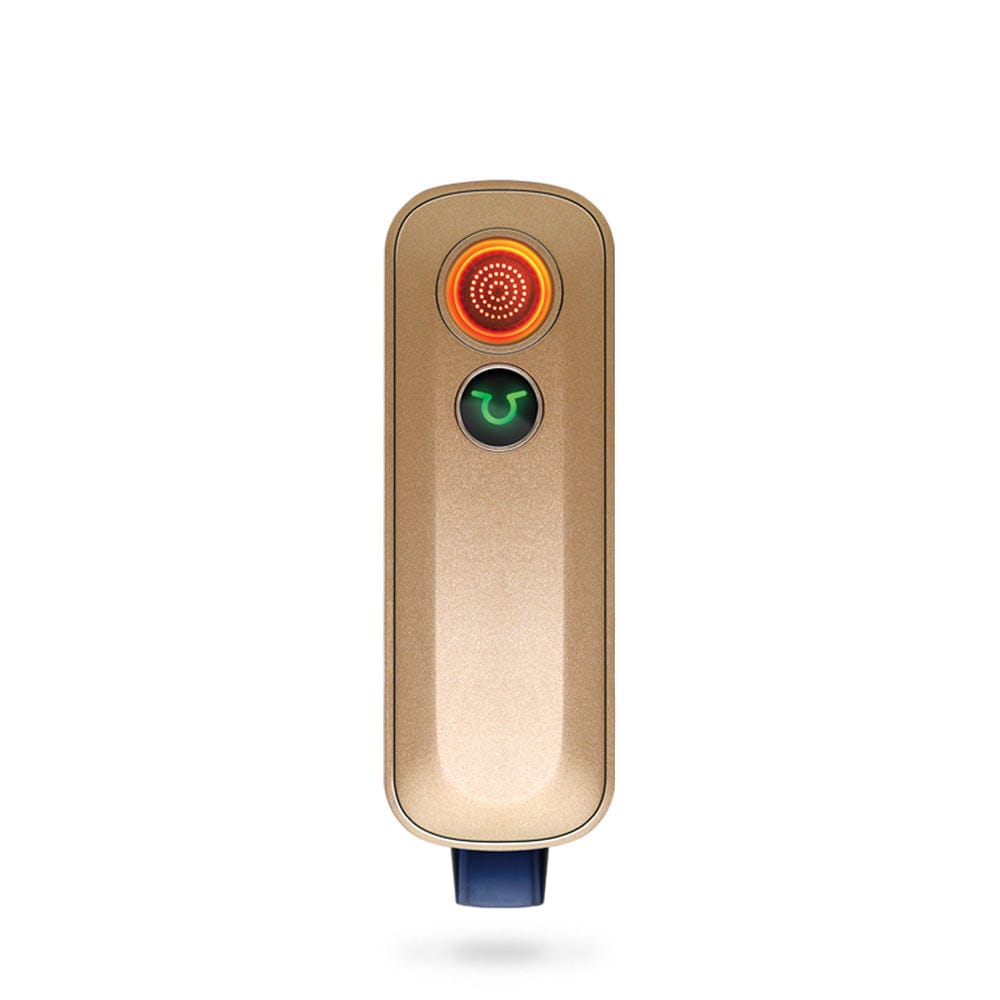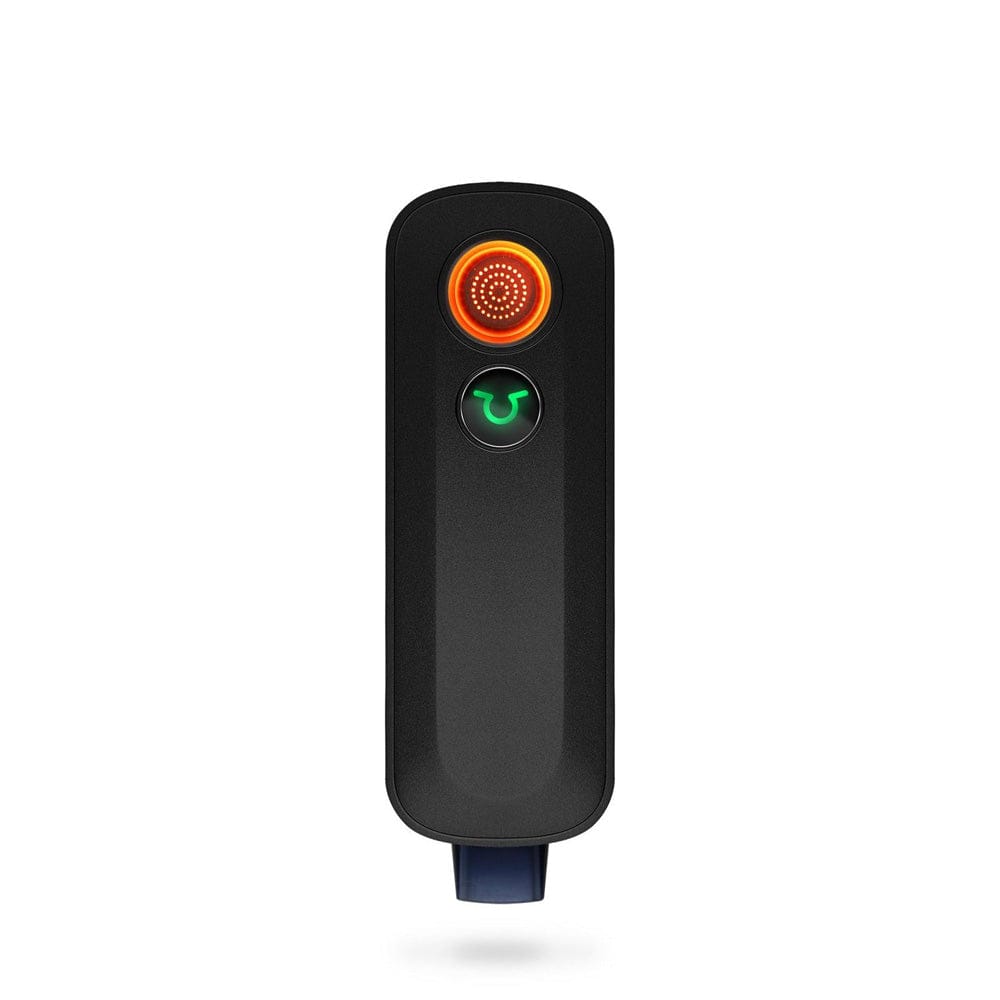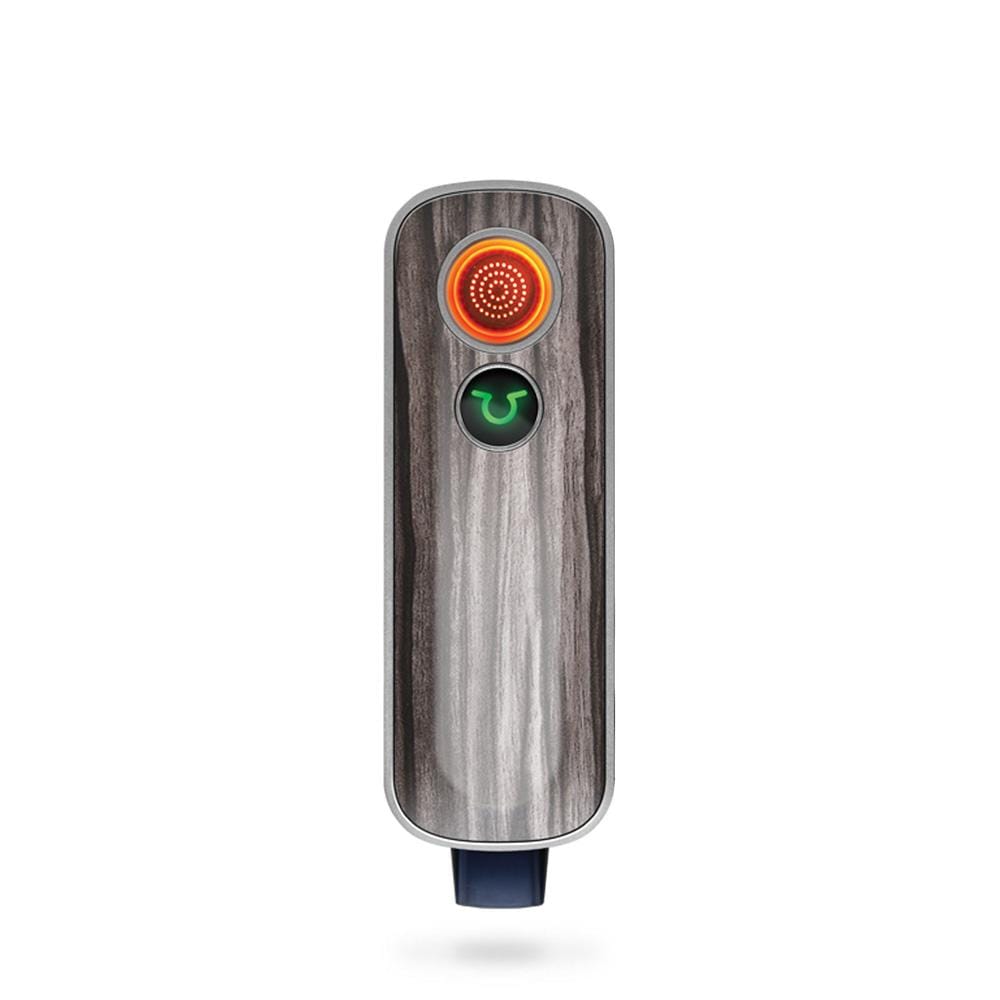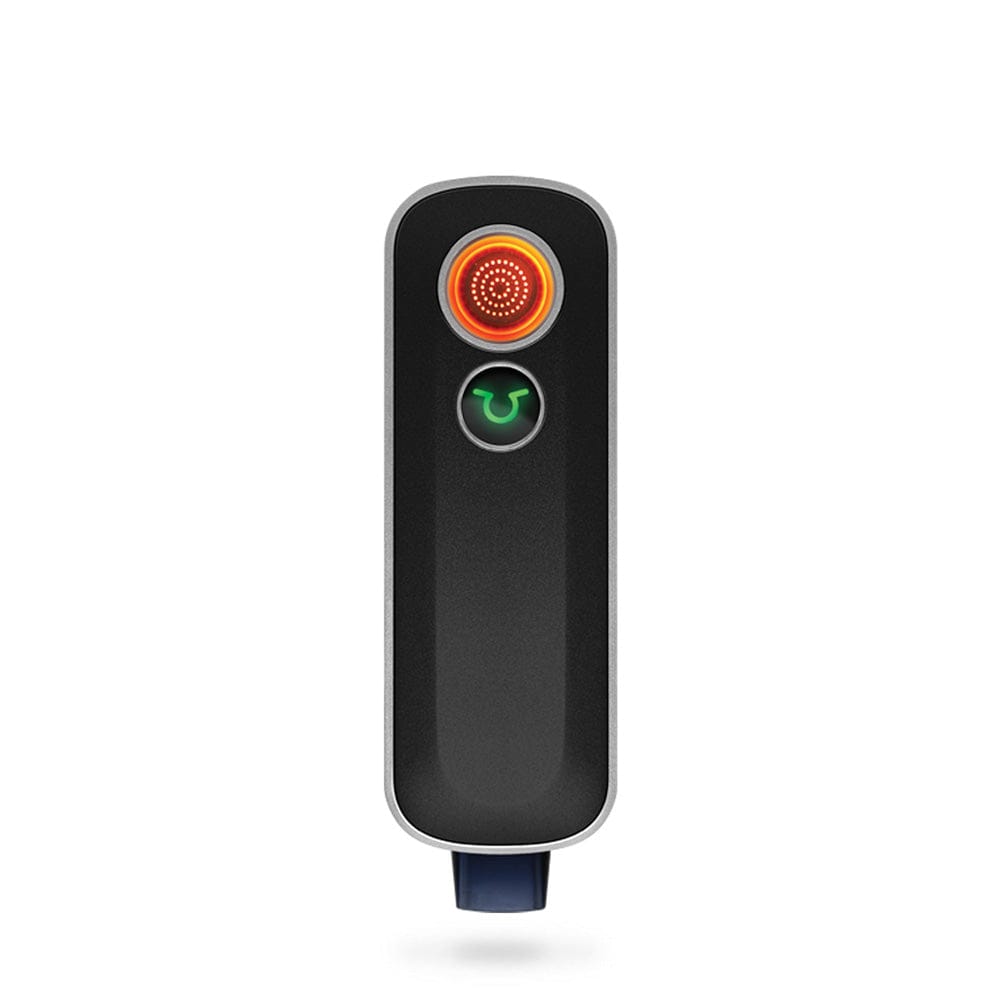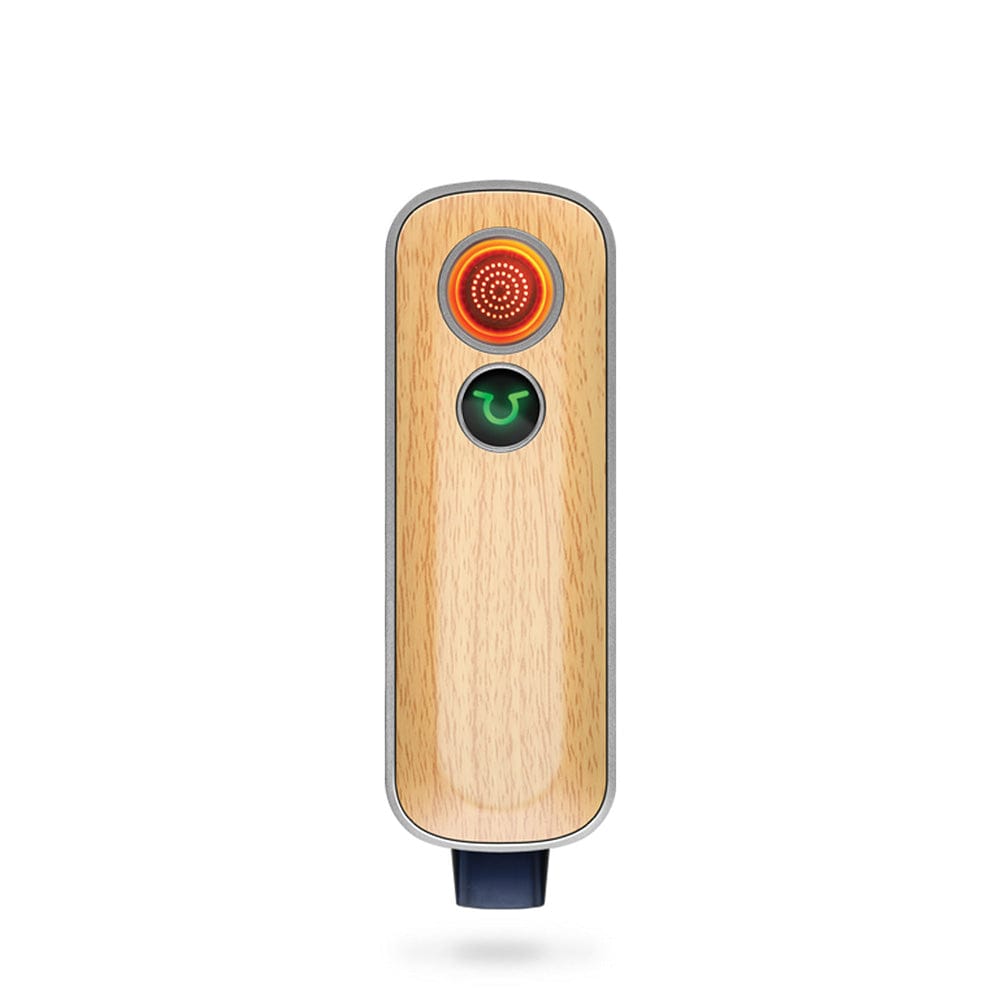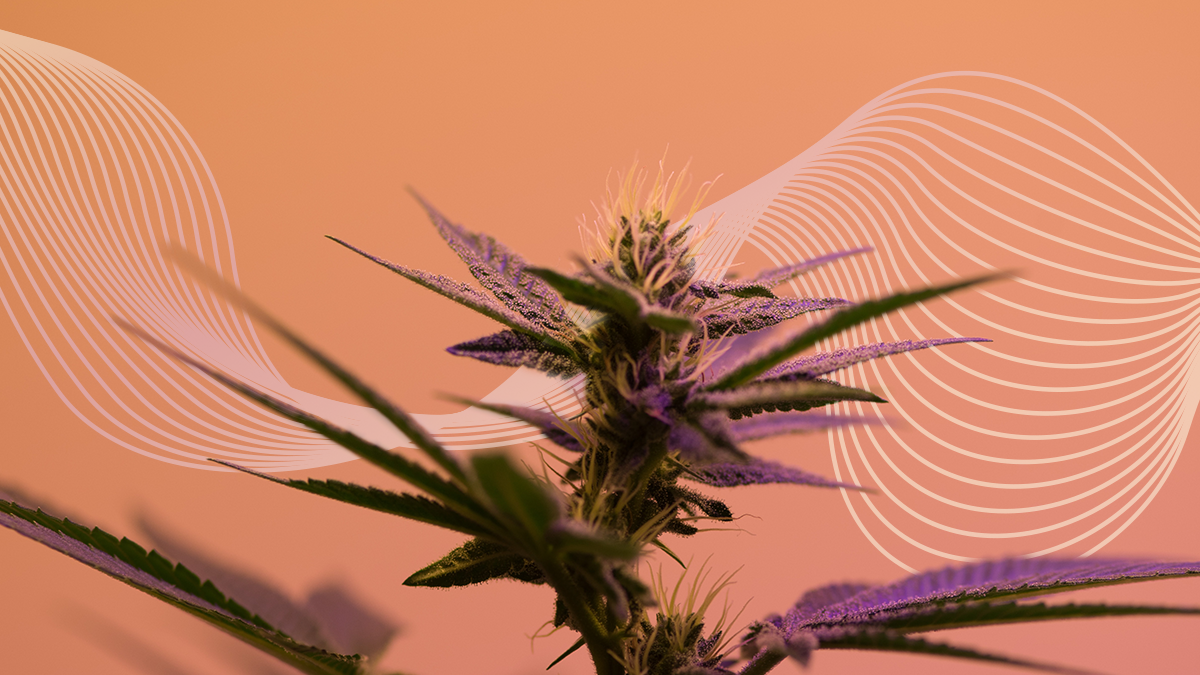Intro
Since vaping became so popular seemingly suddenly, many are surprised to learn that vaping has been around for decades. While modern vaping has taken the industry to new heights, the humble beginnings of the industry can shed light on why vaping came to be in the first place.
Below, you'll learn about the history of vaping, as well as what triggered the population boom that the practice currently enjoys today.
A Brief History of Vaping

While vaping as we know it has been around for decades, the predecessors of the modern practice have been around for centuries. Ancient Egyptians would take a variety of herbs and oils and heat them on stone plates, which created vapor and fumes they enjoyed inhaling. While not "true" vaping, it certainly set the stage for contemporary smoking methods.
Hookahs, a smoking method using a water pipe, also have ancient origins. They originated in the Middle East and still continue a high level of popularity. Tobacco smoking has driven a lot of the development of modern smoking, but it was also one of the driving forces of the first modern vape being developed.
Who Invented Vaping?
Herbert Gilbert, an American scientist, filed a patent in 1963 for a "smokeless, non-tobacco cigarette." He was the first in the world to do so, and his vaping device, while unrefined, had many of the modern components found in modern vaporizers. It used a battery to heat vape liquid, which would create vapor that the user could enjoy.
Gilbert's vape juice, like modern vape juice, was infused with nicotine. He had intended to use his vaporizer as a smoking cessation device (similar to how vaping can be used today). He also made his vape liquid with a variety of flavors, marketing the product as a weight-loss tool since users could "vape" their favorite sweet dishes.
Before His Time
Unfortunately, Gilbert couldn't get any manufacturers to invest in the large-scale manufacturing of his device. Smoking was still widely accepted, highly profitable, and the famous Surgeon General's report warning of the dangers of tobacco use wouldn't be released until 1964. Despite his passion, Gilbert never saw success from his patent.
Eventually, his patent would expire, and vaping would be largely ignored for several more decades.
A Winning Design
It wouldn't be until 2003 when modern vaping would begin to take hold. Hon Lik, a Chinese pharmacist, became interested in novel tools to help people stop smoking when his father (who was a heavy smoker) died of lung cancer. He was inspired by Gilbert's original patent but modernized the design to make it more user-friendly and convenient.
The design he made would become the first modern e-cigarette. It was small, discreet, and looked very similar to a cigarette, but it produced vapor-infused nicotine instead of smoke. Unlike Gilbert's design, Lik's exploded in popularity. It spread across Asia, Europe, and eventually the United States.
While vaping has changed significantly since 2003, we can all thank Hon Lik for bringing it to the world stage.

How Long Has Vaping Been Around?
Depends on who you ask! Most will say that Herbert Gilbert officially brought the modern idea of vaping to the world, making the first battery-powered device that vaporized specialty liquid. Others may say that it was Hon Lik who made the first successful vaporizer design and brought the practice to the world stage.
Others may say that "vaping" has roots that are centuries old, looking to ancient practices like baking herbs and inhaling the fumes (like the Egyptians did). Regardless, the heart of the practice has been around for centuries!
How Vaping's Popularity Grew
Lik's design helped vaping become a more widespread practice, but his e-cigarette (which was limited in its functionality) isn't what caused vaping to really explode. While vaping steadily grew for the next several years, a brand-new design hit the market in 2010. It was a new product called a box mod.
Unlike the e-cigarettes and vape pens before it, box mods offered a full suite of features, a super-hefty battery, and enormous vape juice capacity. These features allowed vapers to easily create enormous vape clouds (which were similar to the smoke production from a hookah). Vapers loved the product and vaping exploded in popularity.
The Arrival of Pod Mods
While box mods really helped vaping explode, there were still barriers of entry that were difficult for some customers to overcome. Box mods were expensive, required a certain level of expertise to use, and needed regular maintenance to upkeep. For more casual vapers, box mods didn't scratch the convenience itch that so many had.
In 2015, yet another product entered the market. This time, it was Pax Labs and their now-famous JUUL products. They introduced a disposable, pre-filled vape that even brand-new vapers could quickly pick up and use. This shook the market up again, with a new wave of disposable vapes (and refillable vapes with similar designs) entering the market.

Unfortunately, pod mods like JUUL were a little too accessible to teens, especially minors who are not old enough to vape). Due to the skyrocketing popularity of nicotine-infused, fruity-flavored vape juices, the USA banned certain flavored vapes in 2020.
Modern History of Vaping
The modern history of vaping really begins with Hon Lik and his e-cigarette. His design kicked off the vaping craze, and while true e-cigarettes are often seen as dated nowadays, they were what kickstarted the modern vaping industry.
Since then, modern vaping has enjoyed several milestones, like box mods and pod mods. Vaping other substances, like dry herbs and concentrates, have also enjoyed increased popularity due to the acceptance of vaping increasing.
Modern Vaporizers: Components and How They Work
While the heart of a vaporizer hasn't changed much, a lot of new pieces of hardware have been developed and added since the humble days of the e-cigarette. Take a look at some of the common components found in today's vaporizers:
Batteries
Just like in Gilbert's design, all modern vapes have a battery. While they vary in size or charge, they all serve the same purpose: to provide power to a heating element to produce vapor. Many vapes have built-in batteries that can't be removed, while others (like box mods) have replaceable batteries.
Atomizers
The atomizer is what the battery is providing power to. The atomizer can have a variety of heating elements (like cotton wicks, mesh coil, or other options) that will heat to vaporize the juice you have chosen. How the entire process works is simple!
First, the battery provides power to the atomizer, which will heat high enough to vaporize e-liquids. Then, the tank will drip liquid onto the heated atomizer, which will vaporize. The vapor travels through a designated vapor pathway, through a mouthpiece, into your lungs!
Atomizers are the most basic kind of heating element for e-liquids. While they do an excellent job of providing the authentic flavor of what you are vaping, they aren't very efficient with the juice. This will lead to frequent refillings, which may not be a dealbreaker for hardcore flavor-chasers, but casual vapers may not enjoy the regular maintenance.
Fortunately, there are two modern versions of atomizers that provide a more efficient vaping experience: cartomizers and clearomizers.
Cartomizer
A cartomizer operates similarly to an atomizer, except it has a special component called a polyfill. A polyfill acts kind of like a wick, where it will soak up e-liquids and control how much juice is vaped at a time. This gives much longer vaping sessions since this is a much more efficient use of vape juice. You'll usually trade convenience for a slightly duller flavor.
Clearomizer
As the name implies, a clearomizer is "clear," so you can see your chosen e-liquid inside. More importantly, clearomizers generally use a wick-feeding system (as opposed to the polyfill system in a cartomizer or a drip system in an atomizer). The wick allows vape juice to be used efficiently (so there are less refillings) and provides an excellent flavor.
Clearomizers are newer to the market, so they offer a lot of advantages. However, they are not without their drawbacks. Namely, if you want to try a new juice flavor, you'll need to replace the wick (which is often too technical for beginner vapers). Clearomizers are also significantly more expensive than cartomizers or atomizers, but you certainly get the quality you pay for.
Tanks
Juice tanks (sometimes called cartridges) refer to the entire piece that holds your vape juice. They will include your atomizer (or whatever modern variation you'll be using), as well as the vapor path that connects to your mouthpiece. Tanks can come in a variety of configurations, including RBA tanks, which are meant to be opened and tinkered with by experienced vapers.
Mouthpiece
Finally, all modern vapes have some kind of mouthpiece. Glass, plastic, and silicone are common materials for this component, which all have their own pros and cons for use. Vapes that tend to run hot (like box mods) will usually have longer mouthpieces to distance your lips from the heated components.
The Future of Vaping
Vaping isn't going anywhere for a long time, but that doesn't mean you shouldn't expect changes. We really don't know much about vaping since modern vaping hasn't been studied that closely. There was a huge scare in 2020 when people were mysteriously getting a vaping illness (which turned out to be black market THC cartridges with harmful additives).
There's still a lot we don't know about how vaping affects the human body, and the more we learn, the more that our view of vaping may change. For now, vaping is often used to help stop smoking tobacco or simply as a hobby. Many vapers enjoy CBD oils to help treat a variety of physical ailments, like chronic pain or anxiety.

Others avoid vaping juices altogether and instead opt to vape concentrates or dry herbs with specialty devices like the Firefly 2+ Vaping dry herbs directly avoids a lot of the fears associated with using atomizers to vaporize e-liquids.
The more we learn about vaping, the more we'll talk about it! Be sure to check back to this knowledge base regularly to learn the latest on vaping.

